How to Choose the Best Rechargeable Hearing Aids for Your Unique Hearing Needs
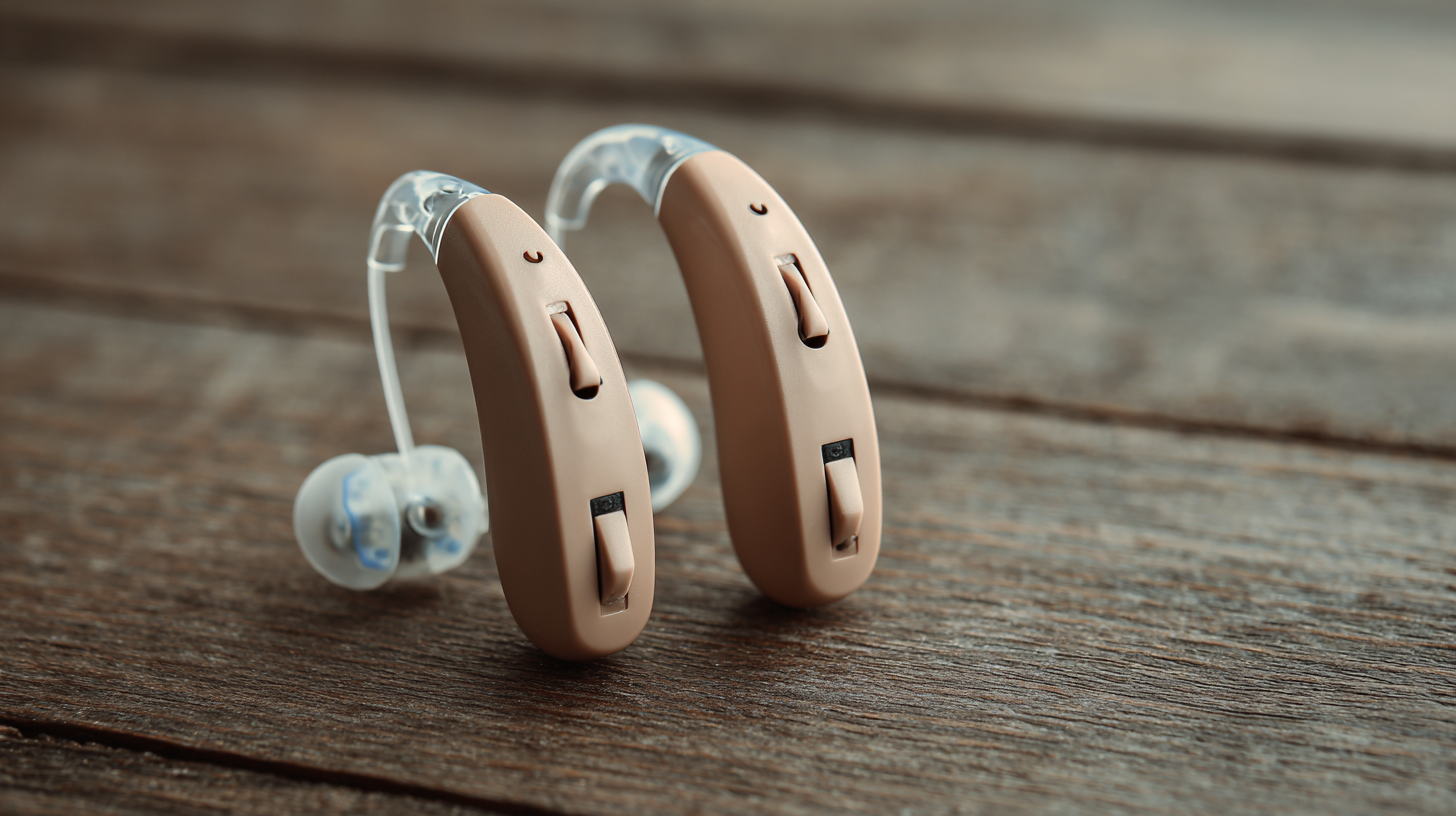 Choosing the right hearing aid can significantly enhance your quality of life, especially if you have unique hearing needs. Among the various options available, rechargeable hearing aids are becoming increasingly popular due to their convenience and user-friendly features. These devices not only save you from the hassle of frequent battery replacements but also offer advanced technology that caters to diverse hearing profiles. In this blog, we will delve into the essential factors to consider when selecting the best rechargeable hearing aids tailored to your specific needs.
Choosing the right hearing aid can significantly enhance your quality of life, especially if you have unique hearing needs. Among the various options available, rechargeable hearing aids are becoming increasingly popular due to their convenience and user-friendly features. These devices not only save you from the hassle of frequent battery replacements but also offer advanced technology that caters to diverse hearing profiles. In this blog, we will delve into the essential factors to consider when selecting the best rechargeable hearing aids tailored to your specific needs.
From understanding the importance of fitting and comfort to evaluating sound quality and additional features, we'll provide you with valuable tips to make an informed decision. By the end of this guide, you'll be equipped to choose a rechargeable hearing aid that not only meets your auditory requirements but also complements your lifestyle.
Understanding Your Hearing Loss: Identifying Your Unique Needs
Understanding your hearing loss is crucial for selecting the best rechargeable hearing aids tailored to your unique needs. Each person's experience with hearing loss is different, influenced by factors such as age, type of hearing impairment, and lifestyle. Some individuals may struggle with high-frequency sounds, while others might find it challenging to hear in noisy environments. By identifying these specific challenges, you can start your journey toward choosing a compatible hearing aid that enhances your listening experience.
To accurately assess your hearing needs, start by undergoing a professional hearing evaluation. An audiologist can help you understand the degree and type of hearing loss you have, which can guide your selection of features in rechargeable hearing aids. Consider additional functionalities that may be beneficial, such as Bluetooth connectivity for phone calls or specific sound settings to optimize speech clarity. By recognizing what you require from your hearing aids, you can ensure they will significantly improve your daily interactions and overall quality of life.
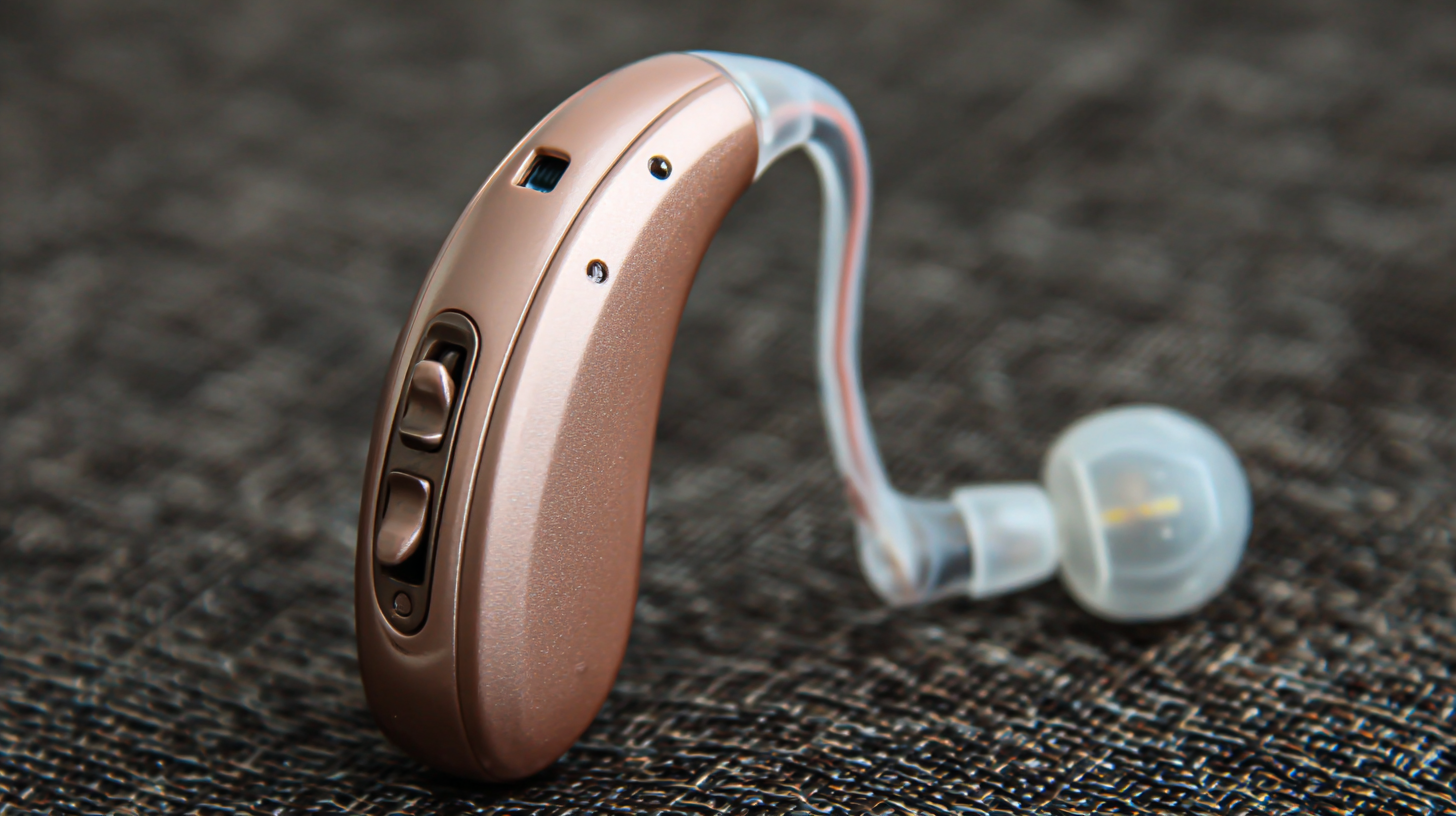
Types of Rechargeable Hearing Aids: Pros and Cons Explained
When selecting rechargeable hearing aids, it's crucial to understand the various types available—each with its unique pros and cons. One popular category is behind-the-ear (BTE) models, which offer ease of use and generally longer battery life. These devices are versatile and can accommodate a wide range of hearing loss levels. However, their size may be a concern for users seeking a more discreet option.
Another option is the receiver-in-canal (RIC) hearing aids, known for their sleeker design. These aids provide excellent sound quality and are less noticeable than BTE models. However, they often require more frequent charging and maintenance due to their smaller components. Additionally, in-the-ear (ITE) hearing aids fit directly in the ear canal, delivering a natural sound experience while remaining less visible. On the downside, their battery life may be shorter, and they can be more susceptible to earwax buildup, requiring regular cleaning. Each type brings its set of advantages and drawbacks, so understanding these aspects is key to finding the best hearing aids tailored to individual needs.
Key Features to Look for in Rechargeable Hearing Aids
Choosing the right rechargeable hearing aids is essential for addressing your unique hearing needs, especially given the rising prevalence of hearing loss. In today's market, rechargeable hearing aids have become increasingly popular due to their convenience and evolving technology. When selecting a model, consider key features that can greatly enhance your hearing experience. Look for high-quality sound processing, which can distinguish between speech and background noise, improving clarity in various listening environments.
Tips for selecting the best hearing aid include checking for battery life and charging options—many models now offer up to 24 hours of use on a single charge. Additionally, prioritize comfort and fit, as a well-fitted device reduces irritation during extended wear. Lastly, connectivity features, such as Bluetooth compatibility, enable you to stream audio directly from your smartphone, allowing for a seamless transition between everyday activities and conversation.
As the demand for effective hearing solutions grows, the latest innovations provide a range of options to suit different lifestyles. With expert recommendations highlighting the importance of flexibility and user-friendly controls, you can confidently navigate your choices to find the perfect hearing aid that meets your needs.
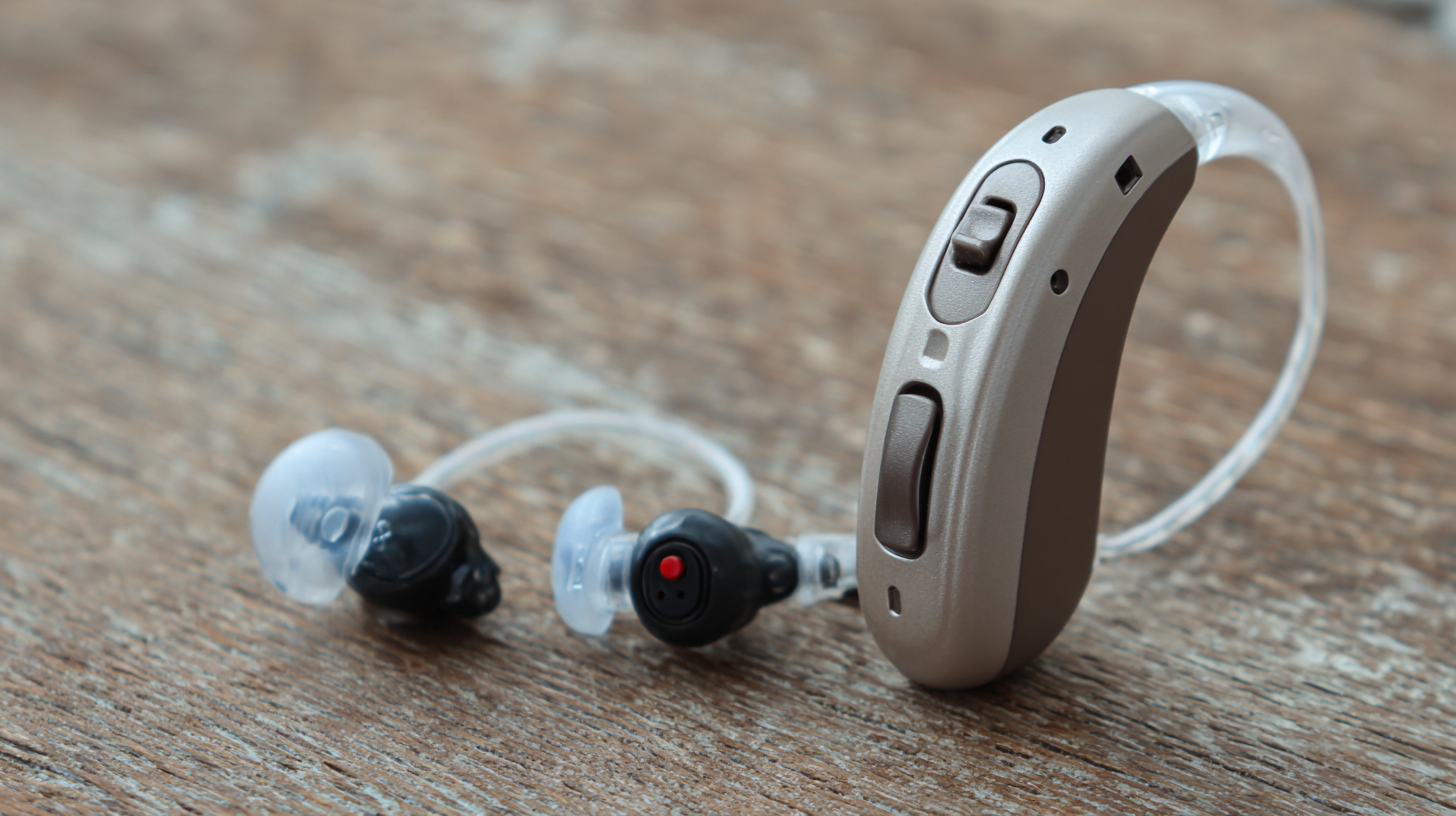
Budgeting for Hearing Aids: What to Expect in Terms of Cost
When budgeting for hearing aids, it’s essential to understand the range of costs you might encounter. The price of rechargeable hearing aids can vary significantly based on features, technology, and brand. On the lower end, basic models may start around $200, while advanced technology tailored for specific hearing conditions can exceed $3,000 per ear. It’s important to assess your individual hearing needs and select a model that offers the best value for your unique situation.
Additionally, don’t forget to consider ongoing costs associated with hearing aids, such as batteries, maintenance, and potential upgrades. Some companies offer extended warranties and insurance options that can help mitigate these expenses. Planning for these elements will give you a clearer picture of the overall investment required for maintaining your hearing health. Engaging with an audiologist can also provide insights into what features are essential for you, ensuring that you make a financially sound decision without compromising on quality and support.
How to Choose the Best Rechargeable Hearing Aids for Your Unique Hearing Needs - Budgeting for Hearing Aids: What to Expect in Terms of Cost
| Features | Basic Model | Mid-Range Model | High-End Model |
|---|---|---|---|
| Price Range | $300 - $600 | $600 - $1,200 | $1,200 - $3,000 |
| Battery Life | 12 - 14 hours | 18 - 20 hours | 24 - 30 hours |
| Wireless Connectivity | No | Yes | Yes |
| Sound Adjustment | Manual | Automatic | Smart Adaptive |
| Noise Reduction | Basic | Advanced | Premium |
| Tinnitus Masking | No | Optional | Yes |
Consulting with a Hearing Specialist: Why Expert Advice Matters
When it comes to selecting rechargeable hearing aids, consulting with a hearing specialist is an essential step that shouldn’t be overlooked. Hearing specialists possess the training and experience to assess your unique hearing needs accurately. They will conduct thorough evaluations, including audiometric tests, to determine the exact nature and extent of your hearing loss. This personalized assessment is vital because it allows the specialist to recommend hearing aids that not only fit your auditory profile but also align with your lifestyle and personal preferences.
Furthermore, expert advice plays a crucial role in navigating the myriad of options available on the market. Hearing aids come with various features, such as noise reduction, connectivity to smartphones, and multiple sound profiles. A hearing specialist can help you understand which features are truly beneficial for your specific situations. Additionally, they provide guidance on the importance of follow-up appointments to adjust settings and ensure optimal performance, making it clear that choosing the right hearing aids is not a one-time event but an ongoing process of care and adjustment.
Hearing Aid Features and Importance Based on User Surveys
Related Posts
-
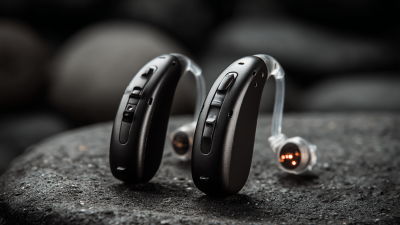
Navigating Import and Export Certifications for the Best Battery Operated Hearing Aids
-
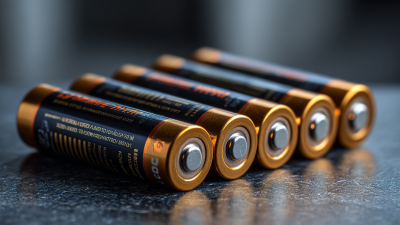
Advantages of Using Procell AA Batteries for Your Everyday Devices
-

Exploring Alternative Energy Solutions: The Rise of Procell AA Batteries in Global Markets
-
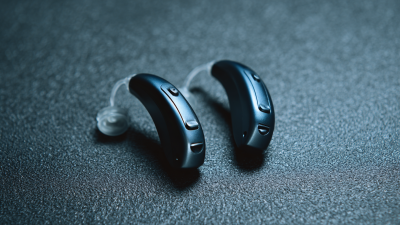
Envisioning 2025: How the Best CIC Rechargeable Hearing Aids Will Transform the Hearing Industry
-

7 Compelling Reasons to Choose the Best CIC Rechargeable Hearing Aids for Your Hearing Needs
-

Navigating Issues with Bulk AA Battery Supply Chains in Global Markets
